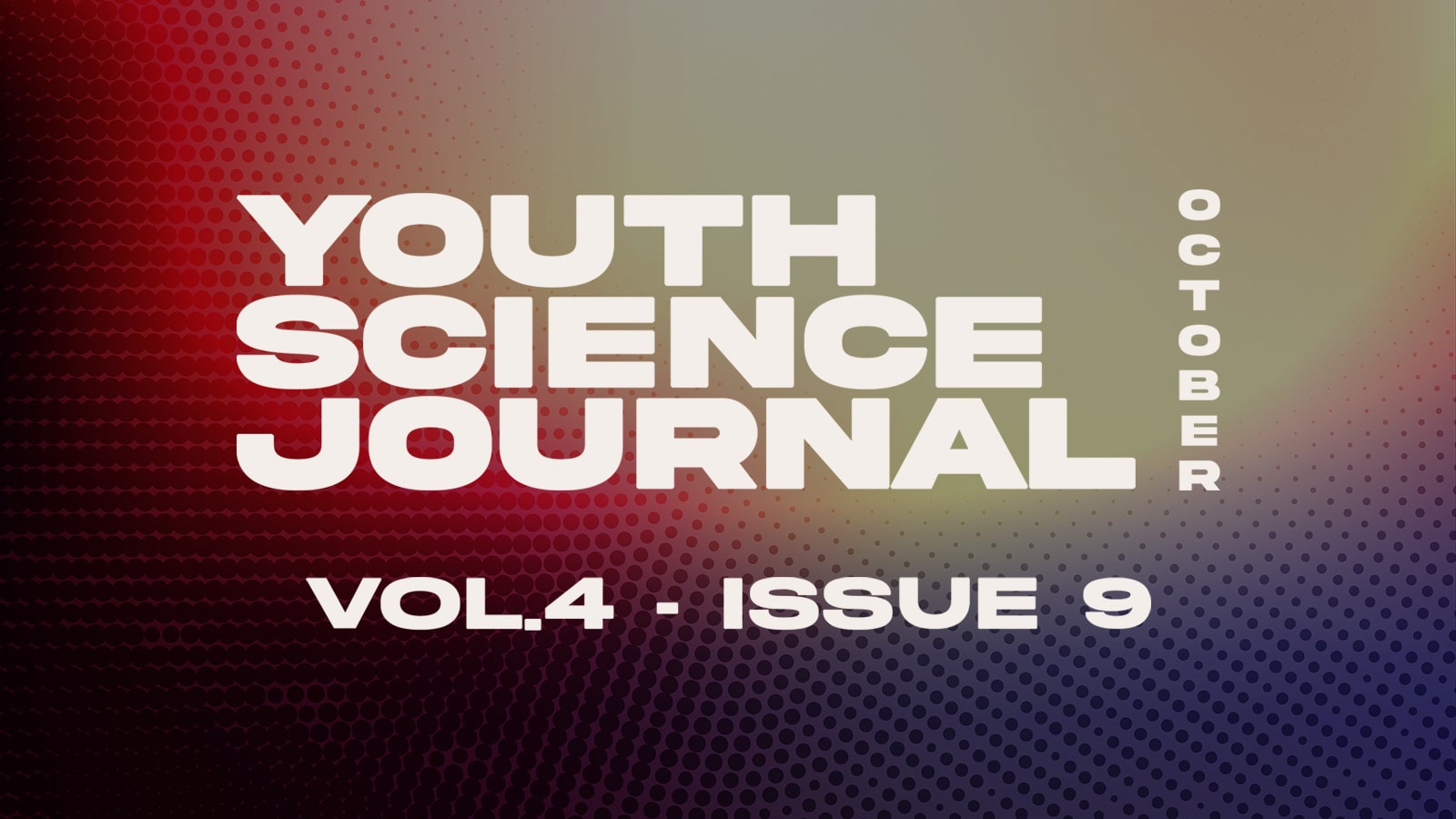Abstract
Binary systems are pairs of astronomical objects, such as Black Holes (BHs) and Neutron Stars (NSs), that are loud sources of Gravitational Waves (GWs). This property determines them as perfect laboratories for Gravity Theories. Hence, understanding their evolution from formation to coalescence is vital to understanding gravity. Since their discovery, there have been many theories for the formation of such systems. In this paper, we explore and compare the hypotheses for the formation of binary systems, classify them into two categories based on the distance between the pairs they form (wide or close), and discuss the phases of coalescence of binary systems. It is found that close binary systems can form by fission, fragmentation, magnetic braking, or tidal capture. Moreover, wide binary systems can form by dynamical unfolding, cluster dissolution, or entrapment.

